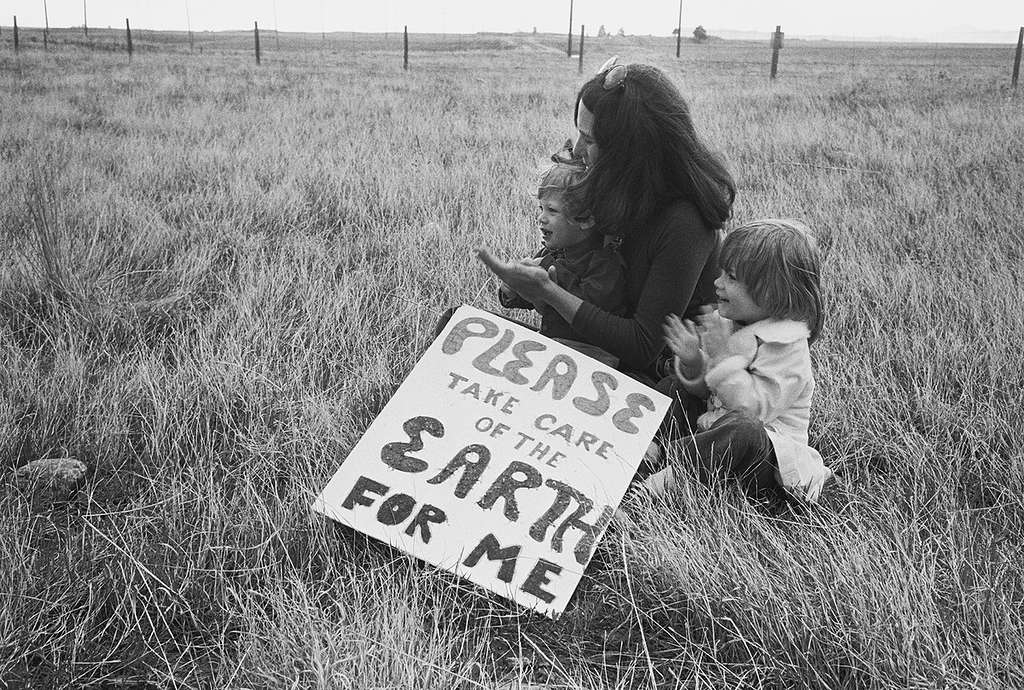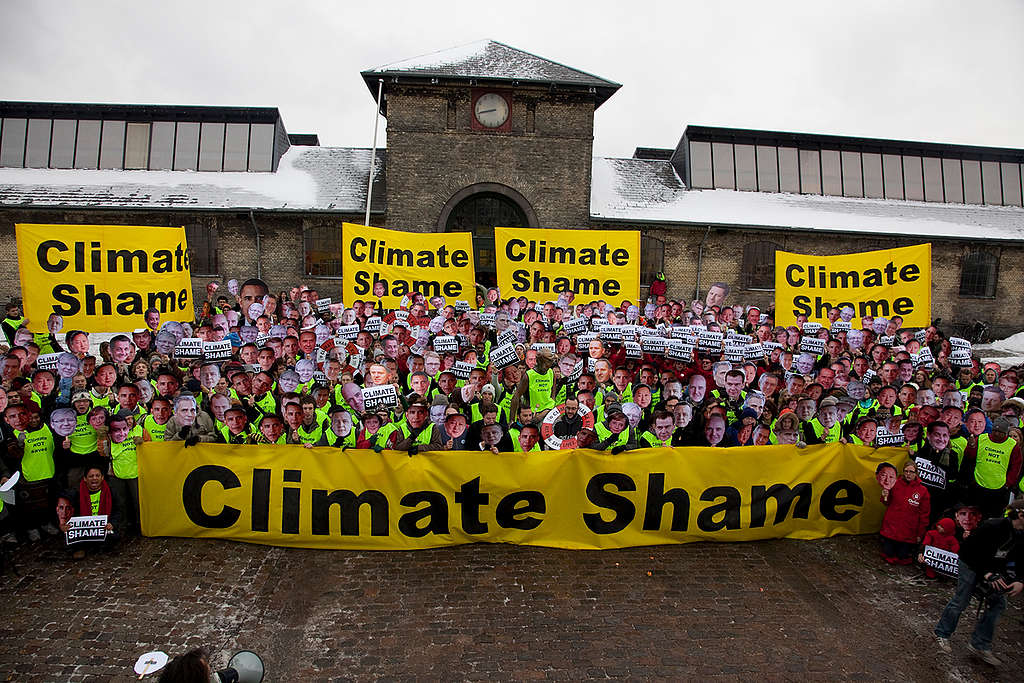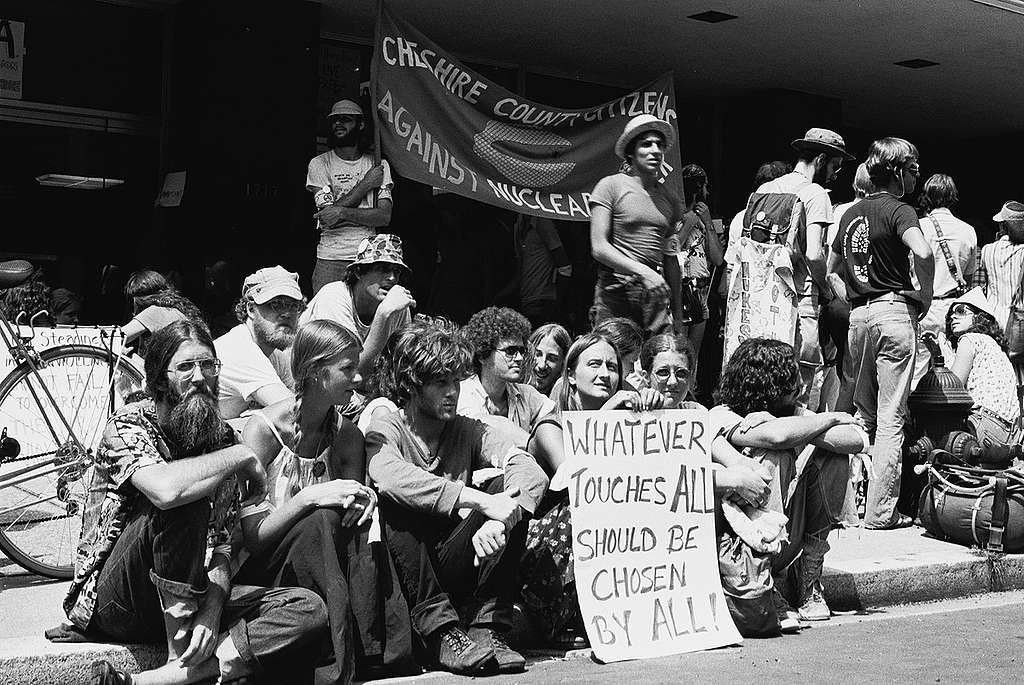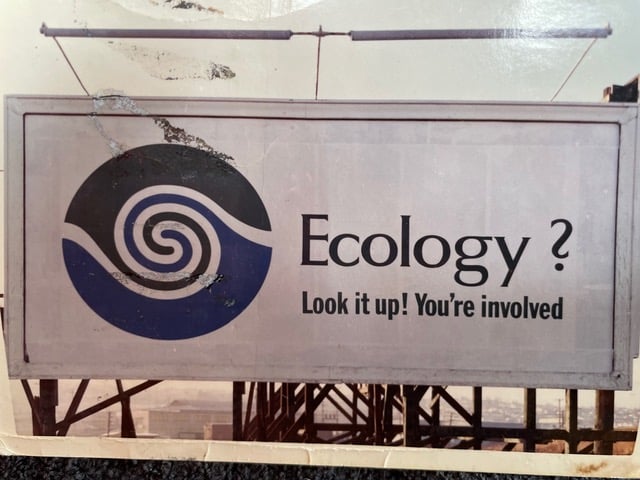Human enterprise appears stuck, like an addict, in habitual behaviour. We have plenty of data alerting us to global heating, declining species, disappearing forests, and rising toxins in our ecosystems. Yet, after decades of efforts to reverse these trends and some notable achievements — whaling moratorium, ocean dumping ban, renewable energy projects — the key trends appear evermore troubling. [1]
In December 2014, I attended a gathering hosted by the International Bateson Institute (IBI) and Centro Studi Riabilitzione Neurocognitiva Villa Miari, a clinic for paralysis patients in Schio, Italy. We observed therapeutic methods employed at Centro Studi to help us consider links between these methods and a efforts to address the ecological paralysis apparent in our social systems. “How Do Systems Get Unstuck” is a long-term, collaberative research project of the Bateson Institute.

The Institute is named after genetics pioneer William Bateson and his son, anthropologist and systems theorist Gregory Bateson. Gregory once famously remarked in Steps to an Ecology of Mind that “The major problems in the world are the result of the difference between how nature works and the way people think.” He suggests that if we are going to resolve our ecological challenges, we must rethink, not only our social systems, but our habitual ways of thinking.
At Schio, we asked: Can the healing of paralysis in the body, a healing that requires a full-systemic reformation, provide us with ideas about how to approach the challenge of changing human society?
Clinic founder Dr. Carlo Perfetti has developed paralysis rehabilitation therapies based on systems theory, particularly on the ecological and physiological work of Gregory Bateson [2] and Pyotr Anokhin [3]. Dr. Perfetti devised systemic therapies that treat the whole person, consider the patient’s mental context, memory, physical environment, setting, language, and other factors.
Healing takes place with active patients, fully involved in the process, with mental states and an environment that will influence the outcome. We now know that the actual actions of organisms follow continuous internal feedback, analysis, comparison to goal, response to environment, and readjustment. Most of this process remains subconscious.
Living beings appear comprised of co-evolving systems, sub-systems, and super-systems that interact, adjust to conditions, and reach states of dynamic homeostasis that endure over time through internal feedbacks and self-regulation. Biological and social evolution are not linear processes, but rather co-evolving, self-referencing processes. Knowing this may help us understand how to influence social transformation.
A real, living system — including a society at risk — must coordinate and integrate a range of inputs from interacting components. This feature of systemic change, Integration, matches Gregory Bateson’s first criterion of mind and nature: They are both an aggregate of interacting components. [4] Contrary to the traditional Cartesian assumption that these components could be isolated and analyzed in linear sequence, we understand now that living organisms, ecosystems, or societies, operate as an integrated whole. How can this help us change society?

One characteristic of system integration reveals that no single component can control the system. A ruling dictator can dominate a society, but cannot control the outcome of that dominance, which may be revolution. Humans can influence global weather with geo-engineering, but cannot control the weather system’s response to that interference. Likewise, an activist may protest against injustice, but cannot control the society’s response to that protest. Smart protesting, then, would take this integration of systems into account.
This sort of analysis may seem a bit too intellectual for serious activists. Why not simply confront the system and let the chips fall where they may? Well, we’ve tried that. Being right does not guarantee success. We may need to think more deeply about how systems actually change.
Action in a system — as pointed out by Bateson — is triggered by recognizing a significant difference. Furthermore, the message of this difference is sent by code through the system. [5] When Greenpeace boards a Shell Oil ship heading for the Arctic, this is a coded message. Simply reciting global heating data would not be as effective. Speaking in dramatic code, delivering the “mind bomb,” has been the core of Greenpeace strategy from the beginning and dates back to Gandhi and civil rights activism. If the coded message is clever enough, no explanation is necessary. Boarding an oil drilling rig or blocking a whaling ship speaks for itself.
The “significant difference” communicated to the system by these actions might be: Peace vs. War or a sustainable human future vs. an overheated planet. This difference must be clear or the system will not respond. Systems change because the whole system recognizes the “significant difference,” which creates what health science calls a “motivation” for change. However systems experience multiple and often contradictory motivations. I may want to lose weight, but I love almond croissants! We want a sustainable world, but we don’t want to give up private cars. To change, all systems must confront contradictory motivations.

The system has to chose an action, among countless options, that will help it achieve a new dynamic equilibrium. In physical and social systems, many of these choices remain subconscious and the effects will be complex and non-linear. The system undergoes continuous feedback to measure behaviour against a goal, which itself may undergo change during this process.
Memory and expectation also impact this complex process. One of the patients undergoing treatment at Centro Studi had been a former basketball player. While the patient recalled the memory of a sports movement from his youth, the practitioner moved the patient’s arm, connecting memory to current action. The system’s own memory can serve as a model or visualization of action. Components of the system can respond to this visualization at both conscious and subconscious levels. Similarly, we might see that understanding culture is critical in social change, because culture carries the images from these social memories.
The dark side of memory, of course, is that habitual action may hinder change. Habitual memory may keep a society stuck, but deep within our social memory, there may exist experiences that can serve as models of genuine change. We may witness this in modern social change movements that learn from ancient, indigenous, pre-industrial societies.
Exploratory adaption
In a 2015 study, at McGill University in Canada, M. Szyf and E Abouheif [6] manipulated an environmental factor (DNA methylation) to achieve size variations in ants with identical gene sequences. The study shows that genes may not directly determine a physical characteristic, but rather express tendencies in response to environmental conditions.
Recent studies in “social genomics” show that gene expression also responds to social environments. According to a review paper by S. W. Cole at the UCLA School of Medicine, the human genome possesses “social programs to adapt molecular physiology to the changing patterns of threat and opportunity ancestrally associated with changing social conditions.” [7] The larger environment of a system provides a framework for integrating responses to stress.
Change in nature is neither random, nor determined, but remains dynamic and exploratory. Under environmental stress, a cell explores new ways to shape physiology. A 2014 study by Erez Braun [8] at the Network Biology Research Laboratories, in Haifa, Israel, found that biological cells allow for flexibility of response, redesigning for new environments using “exploratory adaption.”
Braun exposed cell populations to environmental stress that they had not encountered during their evolutionary history. Rather than selecting from random mutations, new cell states emerged, not strictly determined by the genome, but through an exploratory process to discover alternatives. We might want to compare his findings with the case of a successful human species that finds itself in a world so altered by its own success that its survival appears at risk.
We may realize, for example, that the goals of a society, as a semi-bounded system, are not necessarily the goals of any individual. A society, similar to a body, may be compelled to survive, and thrive in ways that remain unconscious to individuals and groups. Under stress, the internal language of the system may explore for alternatives that are not “chosen” by individuals. Different components may experience the stress signals differently, and may have divergent and contradictory goals. Any number of these contradictions could be a source of paralysis in a social system.
Although we we may not be able to precisely match the functions of cells, organisms, and societies, we may observe patterns that connect intention to outcome, and we may glimpse some explanations for social “stuckness.” The systemic perspective suggests that isolated efforts of piecemeal ecology — segregated sanctuaries, local bans on toxins, carbon taxes, and so forth — may not slow the large-scale overshoot of human activity.
It is possible that to influence the path of the larger society, an individual or group may find it useful to speak in metaphors, parables, stories, legends, and archetypes that aid the adaptive explorations of that society. This may help explain why reciting data about global warming, or posting millions of social media rants, fails to move society at a deep enough level to inspire genuine change. If we understand how living systems actually change, we may avoid well-intentioned but insufficient and counter-productive actions.
In 2009, for example, the popular Avatar film may have had more impact than environmental groups in helping turn society toward sustainability. Boycotting climate conferences may say more than going and protesting. Agents of change in society could benefit from re-examining their strategies to address the systemic nature of change.

Change agents have to play a role as teacher or guide, helping the whole system — person or society — play creatively with their potential to reorganize the system to a new state, which may be a return to a remembered state. A body, or a society, is not a machine and cannot be “fixed” as a machine. The “patient” including a society in distress, experiences change as a whole, integrated system.
Relationships
We are attempting to discover new ways of thinking, new language and actions that might help society free itself from habitual behaviour. When the context changes, and a learned trait no longer serves the system, how does the system discover a new context? Can we learn lessons from healing modalities that will inform us about ways to influence modern, industrial societies facing ecological crisis?
In the spirit of “exploratory adaption,” we may certainly attempt to make these sorts of comparisons. The environmental movement, frustrated by the pace of genuine ecological progress, after a half century of environmental action, may at times appear somewhat like the family of an alcoholic, gazing upon the limits of its habitual strategies.
Integration of components stands out as an obvious, initial feature of an effective change agent’s method, learning to amalgamate, blend, and employ all potentials of the system. Treat the whole system, not the symptoms. Accept the fact that the system-in-full will have to participate, and that the system’s worldview, sensations, feelings, memory, stories, and expectations will influence the effectiveness of any action.
In systems, relationships comprise the change, not individuals. Relationships are what endure in nature, not individuals or components. Our language, as Gregory Bateson observed, is biased toward things, against relationships. We say “the table is hard,” conferring “hardness” upon the table, but this “hardness” can only be experienced when the table stops some momentum. Hardness is only one half of a relationship. Likewise, our language and thinking about change, has to be a language of relationships, not things. A river is not a thing. A river is a process. Likewise, a body, a forest, or a society is a process, not a thing.
Society does not necessarily transform in the course of single human lifetime any more than a body transforms in a single cell’s lifetime. Agents of change must influence the context and then let that context find its new state of dynamic homeostasis. No one controls the outcome of an action.
In the Hindu and Buddhist traditions, the term karma means action. The response to actions are not isolated in time, but reverberate throughout the entire system. Karma does not mean that my ego will be reborn as a new version of me, but rather that every action is a participation in a living, dynamic system, and that action will influence the system in ways not intended by the actor, including feedback on the actor. In modern politics and media theory, we call this “blowback.” This is system feedback, helping the system analyze and redirect its actions.
Feedback means that we are engaged, at every step of transformation, in two-way storytelling, in messages coded and launched into the system, which then get variously interpreted and fed back as messages that influence actions of other components. Thus, the effective change agent works with metaphor, and we hear this in the parables of sages and poets. Gandhi didn’t recite poverty-line statistics or the Gini coefficient; he went into the poorest communities and helped, encouraged the poor to help others, and staged public events that exposed injustice.
When a cell encounters a novel change in its environment, it responds with “exploratory adaption.” When an adaption succeeds, it sends it’s new coding into the pool of information that represents its new culture. Metaphor is the storytelling version of this exploration.
Data won’t change things. Sensations change process. A new story is the context that initiates change. The effective information — by a rehabilitation practitioner or change agent — is coded for a deeper reading by the system.
If the change agent, however, presumes control, he or she becomes a dictator and ultimately fails. Absolute power does not exist. To work, the agent of change must play in the field of possibility, in the larger mystery that represents the complex forces that will result in a successful future state.
Humility and modesty are the means to show respect for this mystery. Theory or vision without humility, becomes doctrine, and rigid doctrine always collapses under change. We may benefit as change agents if we acknowledge our humble place in the network of co-evolving systems.
Thus, in healing, with genomes under stress, or with effective activism, one may witness a modest guidance, gentle touch, probing questions, a compassion that respects the entire system. The change agent takes an appropriate role, improvising, seeking a way to help the larger cause. We witness in these circumstances a sort of common decency.

References:
[1] Johan Rockström, et. al., “Planetary Boundaries,” Nature, v. 461, September 23, 2009. Anthony D. Barnosky, et. al., “Approaching a state shift in Earth’s biosphere,” Nature, v. 486, June 7, 2012. William Rees, “the Way Forward: Survival 2100,” in Solutions, v. 3, #3, June 2012.
[2] Gregory Bateson, Mind and Nature, E.P. Dutton, New York,1979; and Steps to an Ecology of Mind, Jason Aronson Inc., New Jersey, London, 1972.
[3] “La Teoria del Sistema Funzionale Nella Psicofisiologia di P. K. Anochin” (The Theory of Functional System in the Psychophysiology of P. K. Anokhin) M.G. Imperiali, et. al., Catterdra di psicologia, Universita di Roma.
[4] Gregory Bateson, “Criteria of Mental Process,” Mind and Nature, Bantam, New York, 1980, p. 102.
[5] Bateson, Mind and Nature, p. 102.
[6] S. Alvarado,R.Rajakumar, E.Abouheif, M. Szyf, “Epigenetic variation in the Egfr gene generates quantitative variation in a complex trait in ants,” Nature Communications 6, Article n.6513, March 11, 2015.
[7] S. W. Cole, “Social Regulation of Human Gene Expression,”Am J Public Health, 103:S84–S92. doi:10.2105/ AJPH.2012.301183; 2013.
[8] Erez Braun, “The unforeseen challenge: from genotype-to-phenotype in cell populations,” Rep. Prog. Phys. 78.




